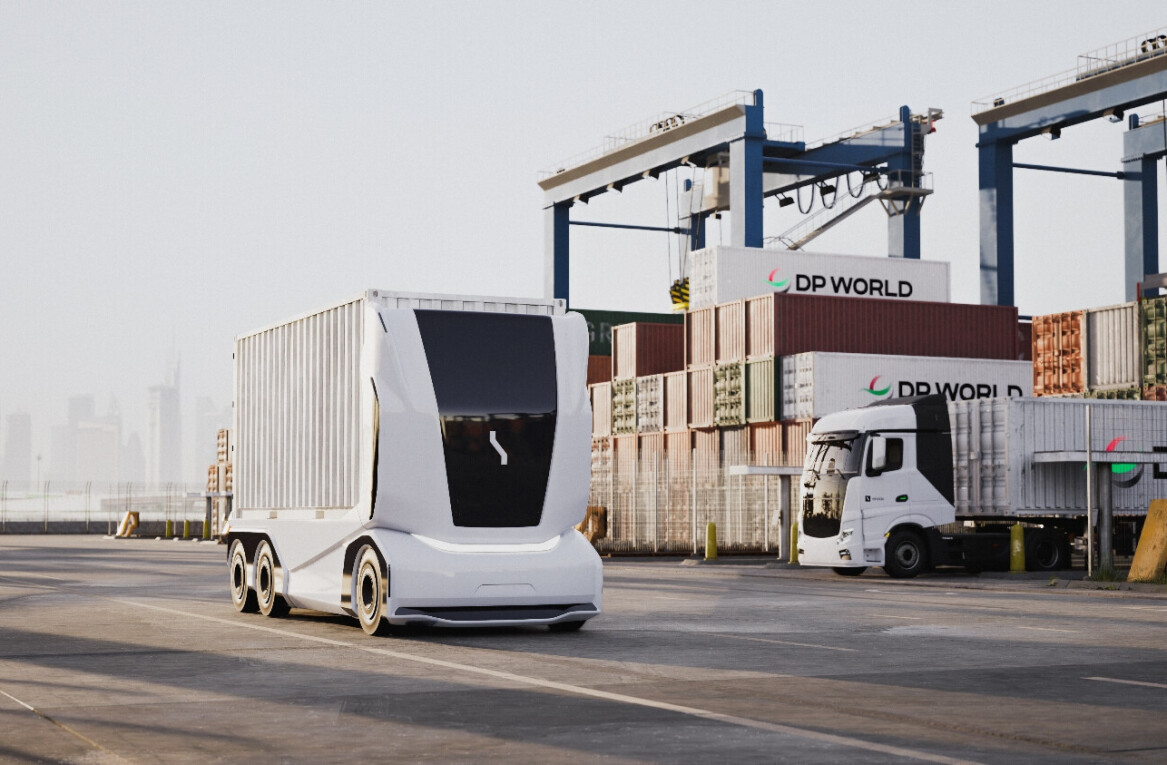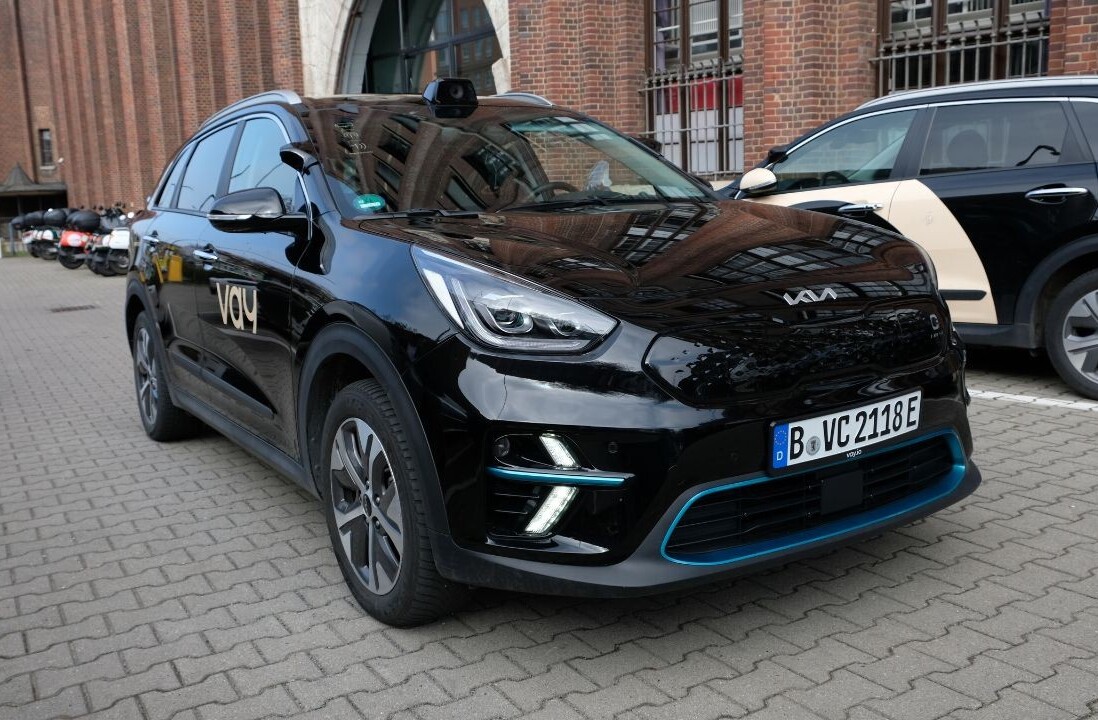
We were told there’d be fully-autonomous vehicles dominating roadways across the globe by 2018. When that didn’t happen, we were told they’d be here by the end of 2020. And when that didn’t happen, we were told they were just around the corner.
It seems like now the experts are taking a more pragmatic approach. According to a recent report from the Wall Street Journal, many computer science experts believe we could be at least a decade away from fully-driverless cars, and some believe they may never arrive.
The big problem
Driverless vehicle technology is a difficult challenge to solve.
As Elon Musk puts it:
A major part of real-world AI has to be solved to make unsupervised, generalized full self-driving work, as the entire road system is designed for biological neural nets with optical imagers.
Ah.
You finally woke up to what so many of us have been trying to tell you for several years now.
— Grady Booch (@Grady_Booch) May 2, 2021
Despite this assessment, Musk continues to push the baseless idea that Tesla’s Full Self Driving feature is on the cusp of turning the company’s cars into fully-autonomous vehicles.
FSD is a powerful driver assistance-feature, but no matter how close we move the goal posts there’s still no indication that Tesla’s any closer to achieving actual full self-driving than any other manufacturer.
Why were the old experts so wrong?
In 2014 deep learning saw an explosion in popularity on the back of work from numerous computer scientists including Ian Goodfellow. His work developing and defining the general adversarial network (aka, the GAN, a neural network that helps AI produce outputs by acting as both generator and discriminator) made it seem like nearly any feat of autonomy could be accomplished with algorithms and neural networks.
GANs are responsible for many of the amazingly human-like feats modern AI is able to accomplish including DeepFakes, This Person Does Not Exist, and many other systems.
The modern rise of deep learning acted as a rising tide that lifted the field of artificial intelligence research and turned Google, Amazon, and Microsoft into AI-first companies almost overnight.
Now, artificial intelligence is slated to be worth nearly a trillion dollars by 2028, according to experts.
But those gains haven’t translated into the level of technomagic that experts such as Ray Kurzweil predicted. AI that works well in the modern world is almost exclusively very narrow, meaning it’s designed to do a very specific thing and nothing else.
When you imagine all the things a human driver has to do – from paying attention to their surroundings to navigating to actually operating the vehicle itself – it quickly becomes a matter of designing either dozens (or hundreds) of interworking narrow AI systems or figuring out how to create a general AI.
What the future holds
The invention and development of a general AI would likely be a major catalyst for solving driverless cars, but so would three wishes from a genie.
This is because general AI is just another way of saying “an AI capable of performing any relative task a human can.” And, so far, the onset of general AI remains far-future technology.
In the near future we can expect more of the same. Driver-assistance technology continues to develop at a decent pace and tomorrow’s cars will certainly be safer and more advanced than today’s. But there’s little reason to believe they’ll be driving themselves in the wild any time soon.
We’re likely to see specific areas set aside in major cities across the world and entire highways designated for driverless vehicle technologies in the next few years. But that won’t herald the era of driverless cars.
There’s no sign whatsoever (outside of the aforementioned Tesla gambit) that any vehicle manufacturer is approaching even a five year window towards the development of a consumer production vehicle rated to drive fully-autonomously.
And that’s a good indication that we’re at least a decade or more from seeing a consumer production vehicle made available to individual buyers that doesn’t have a steering wheel or means of manual control.
Driverless cars aren’t necessarily impossible. But there’s more to their development than just clever algorithms, brute-force compute, and computer vision.
According to the experts, it’ll take a different type of AI, a different approach all-together, a massive infrastructure endeavor, or all three to move the field forward.
Get the TNW newsletter
Get the most important tech news in your inbox each week.




